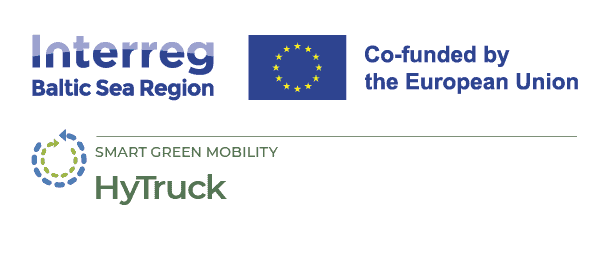
Green Hydrogen Perspectives in Switzerland and the International Hydrogen Marketplace
29 August 2024
Presenting Axpo, Luca Cuderman explained, that the company is fully owned by the cantons and cantonal utilities of northeastern Switzerland. It operates in over 30 countries and 40 markets, with 110 years of experience, an adjusted EBIT of 2.689 MCHF, around 7,000 employees, and an annual energy production of approximately 33,000 Mio kWh. Its portfolio includes hydrogen plants, wind, photovoltaic (PV), nuclear, biomass, and combined cycle gas turbine (CCGT) energy sources.
Axpo’s strategy for 2030 involves initial steps with grid hydrogen and developing other renewable energy assets, such as onshore wind. The company leverages its significant experience in optimizing and dispatching energy assets, viewing hydrogen as a future traded commodity. Axpo’s hydrogen journey began almost four years ago, and it currently has a team of 15 working on hydrogen projects. The company is at the forefront of developing the Swiss market, operating a hydrogen production plant in Switzerland, and pursuing early-stage projects in Spain, Portugal, Germany, France, Italy, Iceland, and Norway.
Cuderman highlighted the power procurement challenge, noting that higher power procurement costs lead to higher hydrogen production costs. Doubling electricity prices can increase hydrogen prices by approximately 50%. He discussed the optimal electrolyzer load, explaining that increased utilization decreases fixed costs per kg of hydrogen but increases variable costs due to optimization challenges. An equilibrium is found at about 7,000 operating hours per year, making an electrolyzer utilization of at least 4,500-5,000 hours per year sensible. Efficient electricity procurement and optimized electrolyzer dispatch are essential for reducing production costs.
Cuderman also addressed challenges along the hydrogen value chain, including competition with cheaper fossil fuels, electrification, infrastructure, green certificates, standards, interfaces, CO2 sources, prices, and willingness to pay. In Switzerland, hydrogen projects include Reichenau and Domat/Ems, which began production in Q2 2024, and upcoming projects in Bürglen, Altdorf, Wildegg-Brugg, and Eglisau-Glattfelden. In Italy, the Valle Peligna project is in detailed planning stages.
At Domat/Ems, Axpo’s hydrogen production is directly connected to a run-of-river plant, benefiting from streamlined permitting and road access. The plant uses a 2.5 MW electrolyzer stack with a nominal capacity, producing 45 kg of hydrogen per hour at 30 bar pressure and 99.999% purity. The hydrogen buffer has a volume of 13 m3, and the compressor operates at 530 bar output pressure with peak power consumption of 110 kW.
Aleksandra Maliszewska presented the international hydrogen marketplace as a platform for stakeholders to map supply and demand and identify cooperation partners. Matching business partners along the hydrogen value chain, the marketplace accelerates hydrogen infrastructure development. Registration is free, and base functionalities are implemented in Baltic Sea region countries. The marketplace has over 500 registrations, 182 hydrogen offers amounting to 120,000 t/a by 2035, and 32 searches for 168,000 t/a needed by 2035.
To increase the number of offers, Localiser conducts interviews with hydrogen companies to understand their project needs and planning processes. Key companies involved include GP Joule, RWZ Group, Axpo AG, EERTRAG AG, and Hy2gen AG, with cooperation programs like DurchH2atmen and the Renewable Energy Hamburg Cluster Agency. Effective demand mapping strategies require clear information on electrolyzer locations, local conditions, usage patterns, and adoption rates. Risks include potential overcapacity in electrolyzer production, financial losses, undercapacity, supply shortages, and missed opportunities.
A menti questionnaire was conducted to exchange insights on local forecast and future demand. The results of the questionnaire will be shared by Aleksandra Maliszewska later.





